Wireless outdoor cameras are increasingly popular for enhancing home security. However, a major concern for many homeowners is whether these cameras can withstand extreme weather conditions. This article delves into the reliability of wireless outdoor cameras during harsh weather, exploring their performance in rain, snow, extreme temperatures, and windy conditions. By understanding the key features that make these cameras weatherproof, you can make informed decisions to ensure your home security system remains functional year-round. Let's examine the aspects that contribute to the durability and reliability of these security devices in various weather scenarios.
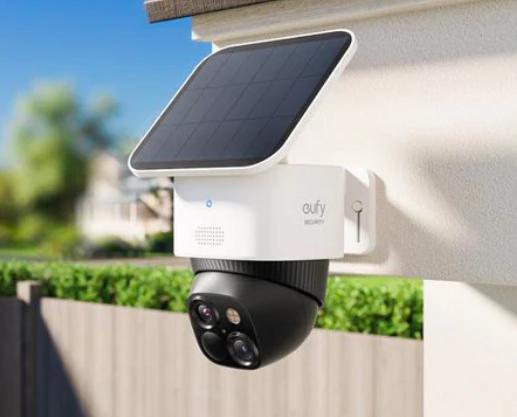
What Makes a Wireless Outdoor Camera Weatherproof?
Understanding Weatherproof Ratings
Weatherproof ratings are crucial for determining how well a wireless outdoor camera can withstand the elements. These ratings, often denoted by an IP (Ingress Protection) code, indicate the level of protection against dust and water. For instance, a camera with an IP65 rating is protected against dust and low-pressure water jets from any direction, making it suitable for most outdoor conditions. Higher ratings, like IP67, offer even more protection, allowing the camera to survive temporary immersion in water. When selecting a camera, it's essential to understand these ratings to ensure it meets your specific weather-related needs.
Key Features for Weather Resistance
Several key features contribute to a camera's weather resistance. Durable housing materials, such as metal or high-grade plastic, protect the internal components from moisture and dust. Additionally, weatherproof seals around sensitive areas, like the lens and power connections, prevent water ingress. Cameras designed for extreme weather often include heaters to prevent freezing and fans to dissipate heat. These features ensure continuous operation, even in challenging environments. When evaluating wireless outdoor cameras, look for these critical features to guarantee long-term reliability and performance.
Comparing Different Camera Models
Comparing different models of wireless outdoor cameras reveals varying levels of weather resistance. For instance, the Arlo Ultra is known for its robust IP65 rating and durable construction, making it a popular choice for outdoor use. In contrast, the Ring Stick Up Cam offers an IP55 rating, providing moderate protection suitable for covered areas. By examining product specifications and user reviews, you can identify cameras that offer the best performance in extreme weather conditions. This comparison helps you select the most reliable option for your specific security needs.
Can Wireless Outdoor Cameras Withstand Rain and Snow?
Performance in Heavy Rain
Wireless outdoor cameras must perform reliably in heavy rain to ensure consistent security monitoring. High-quality cameras typically feature water-resistant housings and protective lens covers that prevent water from obstructing the view. Additionally, proper installation, such as mounting the camera under eaves or using protective covers, can enhance its ability to withstand rain. Continuous performance in rainy conditions is essential for maintaining surveillance and preventing security breaches.
Durability During Snowstorms
Snowstorms present unique challenges for wireless outdoor cameras. Accumulating snow can obscure the lens, and freezing temperatures may affect the camera's electronics. Cameras designed for extreme cold often include built-in heaters to prevent snow and ice buildup. Ensuring that the camera is mounted securely and positioned away from areas prone to heavy snow accumulation can also improve its durability. Regular maintenance, such as clearing snow from the camera housing, helps maintain optimal performance during snowstorms.
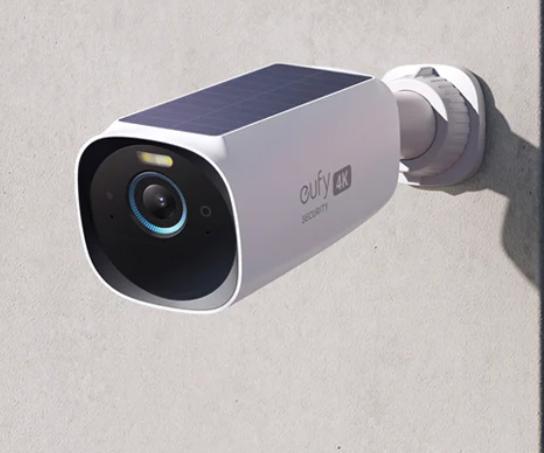
Maintenance Tips for Wet Conditions
Proper maintenance is crucial for the longevity of wireless outdoor cameras in wet conditions. Regularly check for any signs of water ingress or damage to the camera housing. Cleaning the lens and housing with a soft, dry cloth prevents moisture buildup that can impair visibility. Additionally, ensuring that all seals and protective covers are intact helps maintain the camera's weatherproof integrity. Following these maintenance tips ensures that your camera remains functional and reliable in rainy and snowy conditions.
How Do Extreme Temperatures Affect Wireless Outdoor Cameras?
Functionality in High Heat
Extreme heat can impact the functionality of wireless outdoor cameras. High temperatures can cause electronic components to overheat, potentially leading to malfunction or reduced performance. Cameras designed for hot climates often include cooling systems or heat-resistant materials to mitigate these effects. Ensuring proper ventilation around the camera and avoiding direct sunlight during installation can also help maintain optimal functionality in high heat. Continuous operation in extreme heat is essential for maintaining reliable security monitoring.
Performance in Freezing Temperatures
Freezing temperatures pose a significant challenge for wireless outdoor cameras. Low temperatures can affect battery performance and cause components to become brittle. Cameras designed for cold climates often feature built-in heaters and cold-resistant materials to ensure continuous operation. Positioning the camera in a sheltered location and using insulated mounts can further protect it from extreme cold. Regularly checking the camera for ice buildup and clearing it promptly helps maintain performance during freezing temperatures.
Battery Life in Extreme Temperatures
Battery life is a critical factor for wireless outdoor cameras in extreme temperatures. High heat can accelerate battery depletion, while cold temperatures can significantly reduce battery efficiency. Selecting cameras with high-capacity batteries and energy-efficient designs helps mitigate these effects. Additionally, some cameras offer external power options or solar panels to ensure continuous operation. Regularly monitoring battery health and replacing it when necessary ensures reliable performance in extreme temperatures.
Are Wireless Outdoor Cameras Reliable in Windy Conditions?
Stability During Strong Winds
Strong winds can affect the stability of wireless outdoor cameras, leading to shaky footage or dislodged mounts. Cameras with sturdy mounting brackets and secure fasteners are better equipped to withstand high winds. Additionally, choosing a sheltered installation location, such as under eaves or behind windbreaks, can improve stability. Ensuring that the camera is firmly attached to a stable surface helps maintain clear and reliable surveillance footage during windy conditions.
Protecting Cameras from Wind Damage
Wind damage can compromise the functionality of wireless outdoor cameras. Flying debris, such as branches or leaves, can strike the camera and cause physical damage. Installing protective covers or housings can shield the camera from impact. Regularly inspecting the camera for signs of damage and securing any loose parts helps prevent wind-related issues. Taking these precautions ensures that your camera remains operational and reliable in windy conditions.
Choosing the Right Mounting Hardware
Selecting the right mounting hardware is essential for maintaining the reliability of wireless outdoor cameras in windy conditions. Heavy-duty brackets and corrosion-resistant fasteners provide a secure attachment that can withstand high winds. Adjustable mounts allow you to position the camera for optimal coverage while ensuring stability. Investing in high-quality mounting hardware and following installation guidelines ensures that your camera remains securely in place during extreme weather.
Conclusion
Wireless outdoor cameras can be highly reliable in extreme weather conditions when designed with appropriate weatherproof features and installed correctly. Understanding weatherproof ratings, selecting cameras with key weather-resistant features, and following proper maintenance practices are crucial for ensuring continuous operation. By choosing high-quality cameras and taking steps to protect them from rain, snow, extreme temperatures, and wind, you can enhance the reliability and effectiveness of your home security system. For more information on wireless outdoor cameras, visit Eufy to explore a wide range of options designed to withstand various weather conditions.

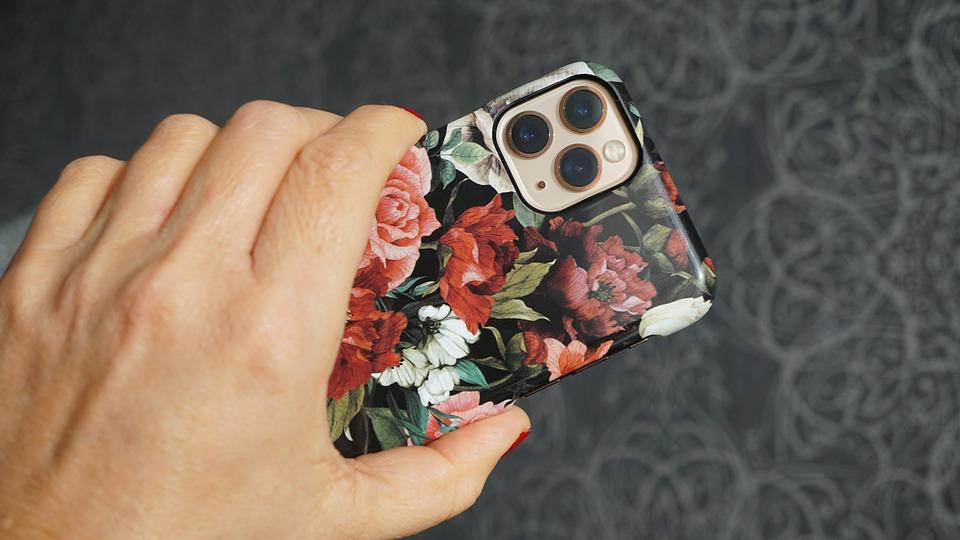
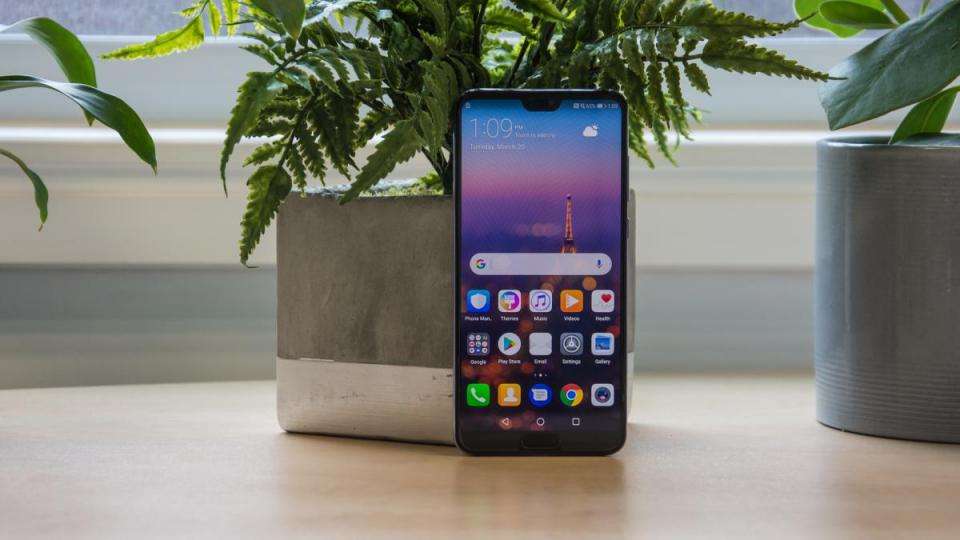
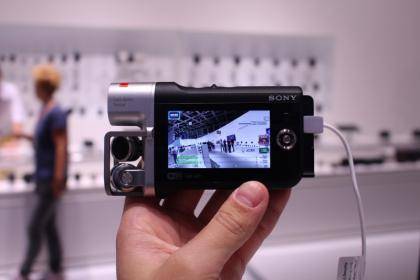

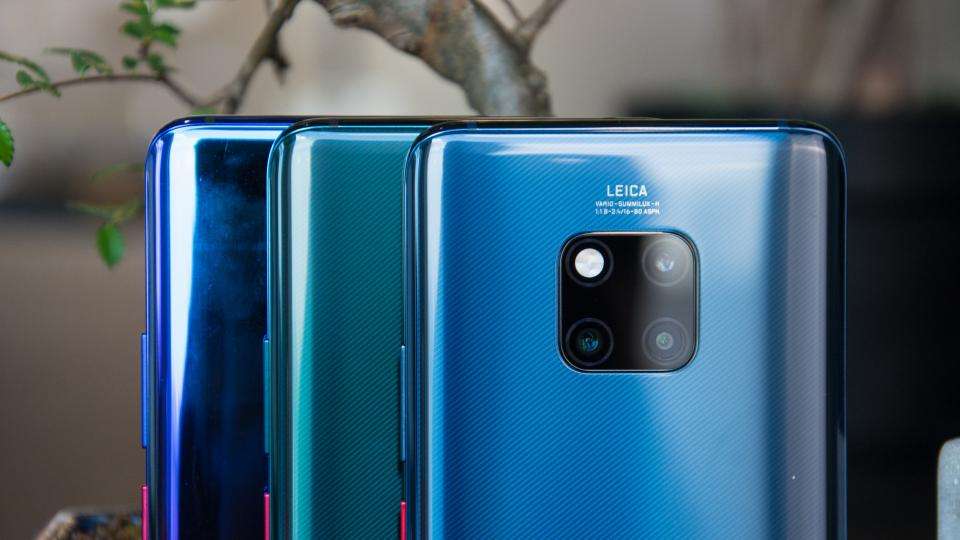
Leave a Reply